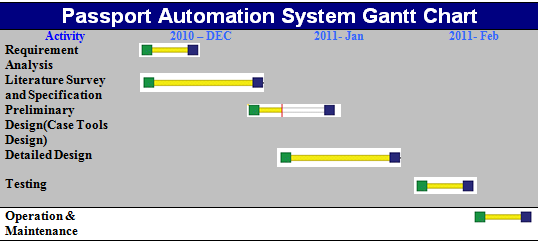PROBLEM STATEMENT:
Book bank system is where the books can be collected every semester and must be returned at the end of semester. The system must have option for new members to enroll for membership by paying deposit. A provision for getting six or seven books per semester. Membership can be renewed by using the register number. The deposit must be refunded on termination of membership. A database must be maintained to guide the issuer to track the details of students. Search option must be provided so that the member can search for the availability of a particular book.
SOFTWARE REQUIREMENT SPECIFICATION
TABLE OF CONTENTS
1. 1 Introduction
1.1 Purpose
1.2 Product scope
1.3 Document conventions
1.4 References
2. 2 Overall Description
2.1 Product Perspective
2.2 Product Functions
2.3 Tools to be used
- External Interface
3.1 Hardware Interface
3.2 Software Interface
- System Features
4.1 Requesting Books
4.1.1 System Description and Priority
4.1.2 Stimulus/response Sequence
4.1.3 Functional Requirements
- Other non-functional requirements
5.1 Performance Requirements
5.2 Safety Requirements
5.3 Security Requirements
1. INTRODUCTION
The book bank is a set up that lends books for all its members which they can return at the end of each semester. It has a huge collection of books and has to keep track of all its members’ details such as requests, dues and penalties and the books.
1.1 PURPOSE
The purpose of this document is to present a detailed description of the Book Bank System. It will explain the purpose and features of the system, the interfaces of the system, what the system will do, the constraints under which it must operate and how the system will react to external stimuli.
1.2 SCOPE
The book bank holds an online interface with its members for maintaining all kinds of transaction details. Each member is provided with a unique user id at the time of registering as a member.
1.3 DOCUMENT CONVENTIONS
· Director: The ultimate authority in the staff hierarchy of the book bank
· Member: Any person who registers with the book bank
· HTML-Hyper Text Markup Language used to create web page.
1.4 REFERENCES
www.reachbookbank.com
www.bookworldlibrary.com
2. OVERALL DESCRIPTION
2.1 PRODUCT PERSPECTIVE
This project is a self contained one for enabling a book bank organization to be connected with its students, through this system, the students can check for availability of books, makes requests, etc.
2.2 PRODUCT FUNCTIONS
This system functions with a database at the back end, for keeping track of its member’s dues and payments, and also its available resources. Every student who is a member needs only a web browser to connect to this system.
2.3 TOOLS TO BE USED
Visual basic and Microsoft Access
3. EXTERNAL INTERFACES
3.1 HARDWARE INTERFACES
The system should have good hardware support. The processor should have high speed and must be of high efficiency.
3.2 SOFTWARE INTERFACE
The system uses ODBC drive to connect and control the database.
4. SYSTEM FEATURES
4.1 REQUESTING BOOKS
4.1.1 SYSTEM DESCRIPTION & PRIORITY
Allows a student, who becomes a member to login using a unique id issued at the time of registering as a member, and after logging in, the member can browse through available books and make requests accordingly. The books will be issued provided there is no due, regarding returning of previous books.
4.1.2 STIMULUS/RESPONSE SEQUENCE
Whenever the student wishes to get books, he/she checks for the availability by logging in. When the request is made, the director of the book bank decides on granting the request of book(s) after checking the member details for due in returning previous books.
4.1.3 FUNCTIONAL REQUIREMENTS
The member should be authenticated by means of unique login id and password. The availability of books requested must be prompted to the user through e-mail or sms notifications.
5. OTHER NON-FUNCTIONAL REQUIREMENTS
5.1 PERFORMANCE REQUIREMENTS
The web interface should be able to support multiple users trying to log in simultaneously.
5.2 SAFETY REQUIREMENTS
The student details should be made available in the database and must be updated every time a book is issued or returned or some kind of payment takes place to prevent errors.
5.3 SECURITY REQUIREMENTS
The member can only access certain details from the database. He/she should not be able to modify the database nor has any of its information corrupted. Only the DBA must be bestowed with the privileges of handling any kind of modifications.
















